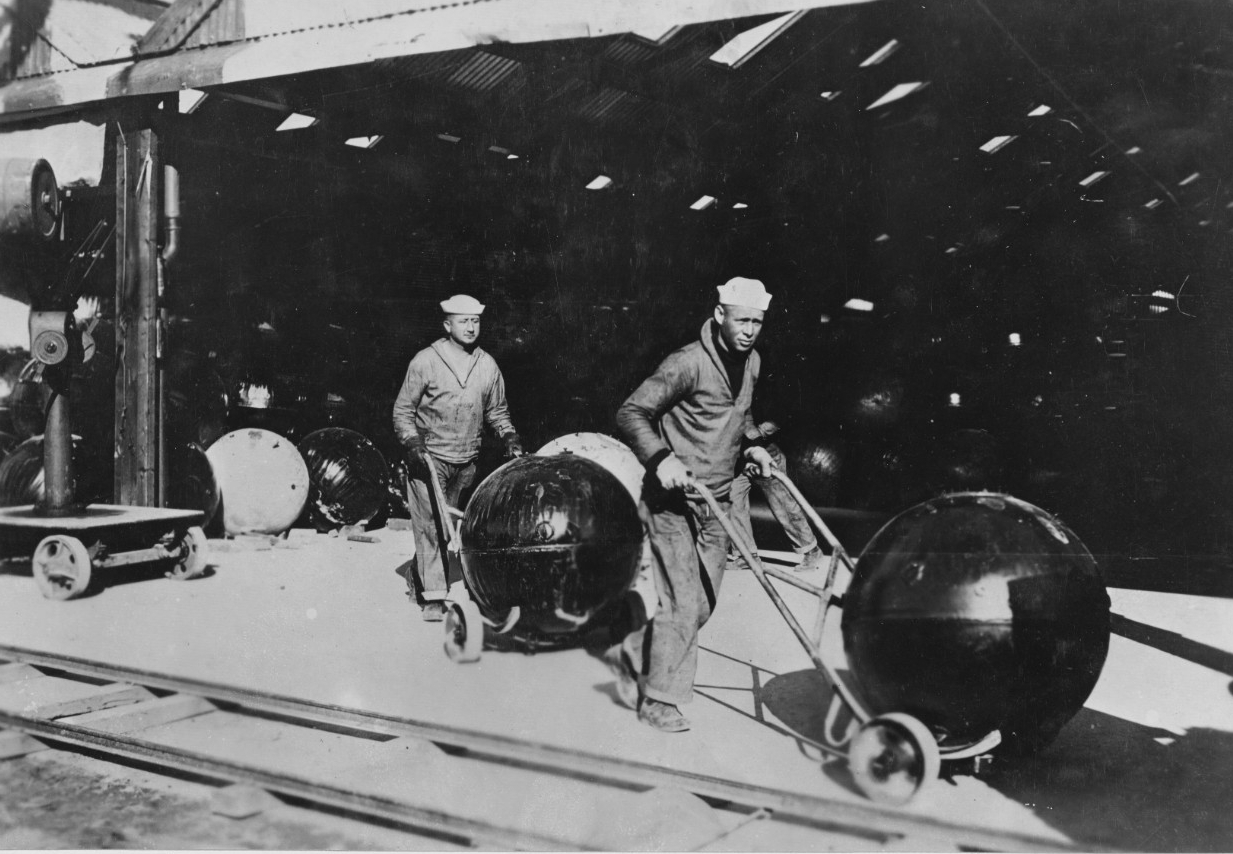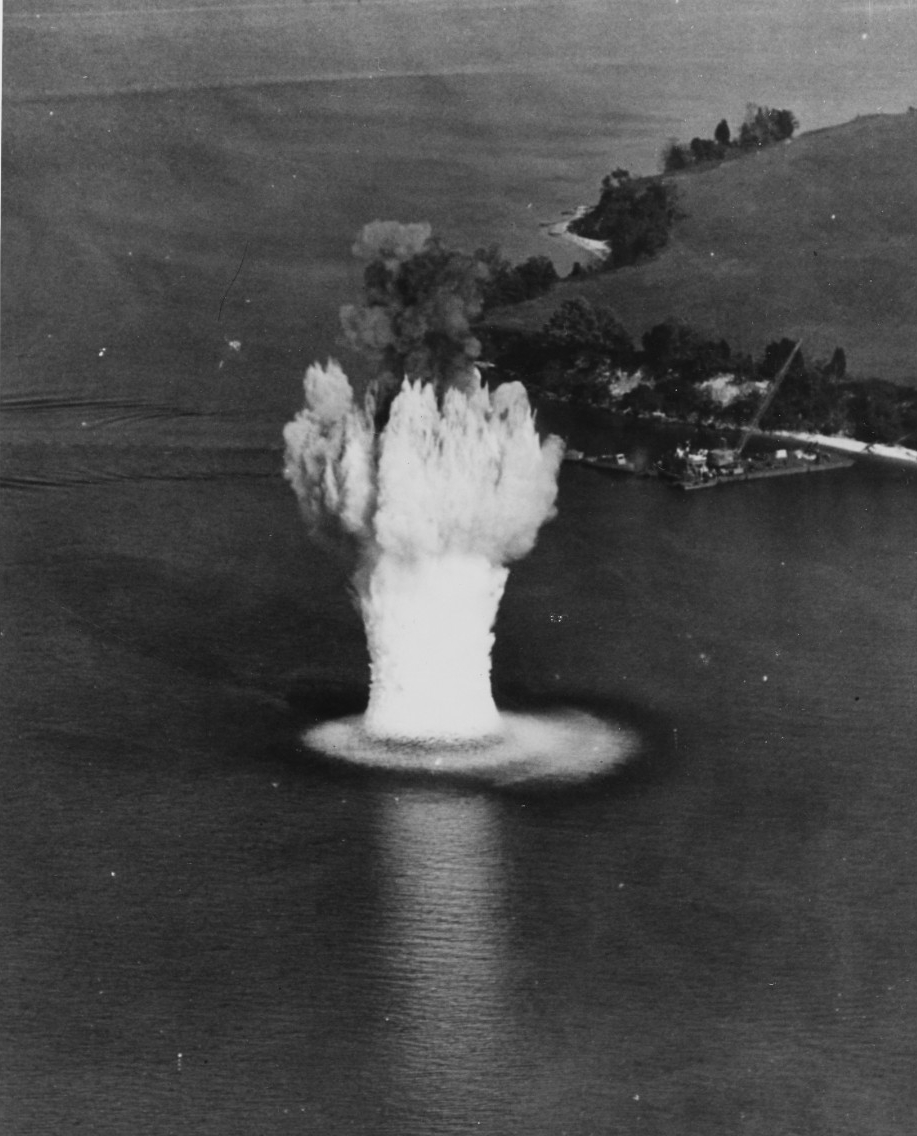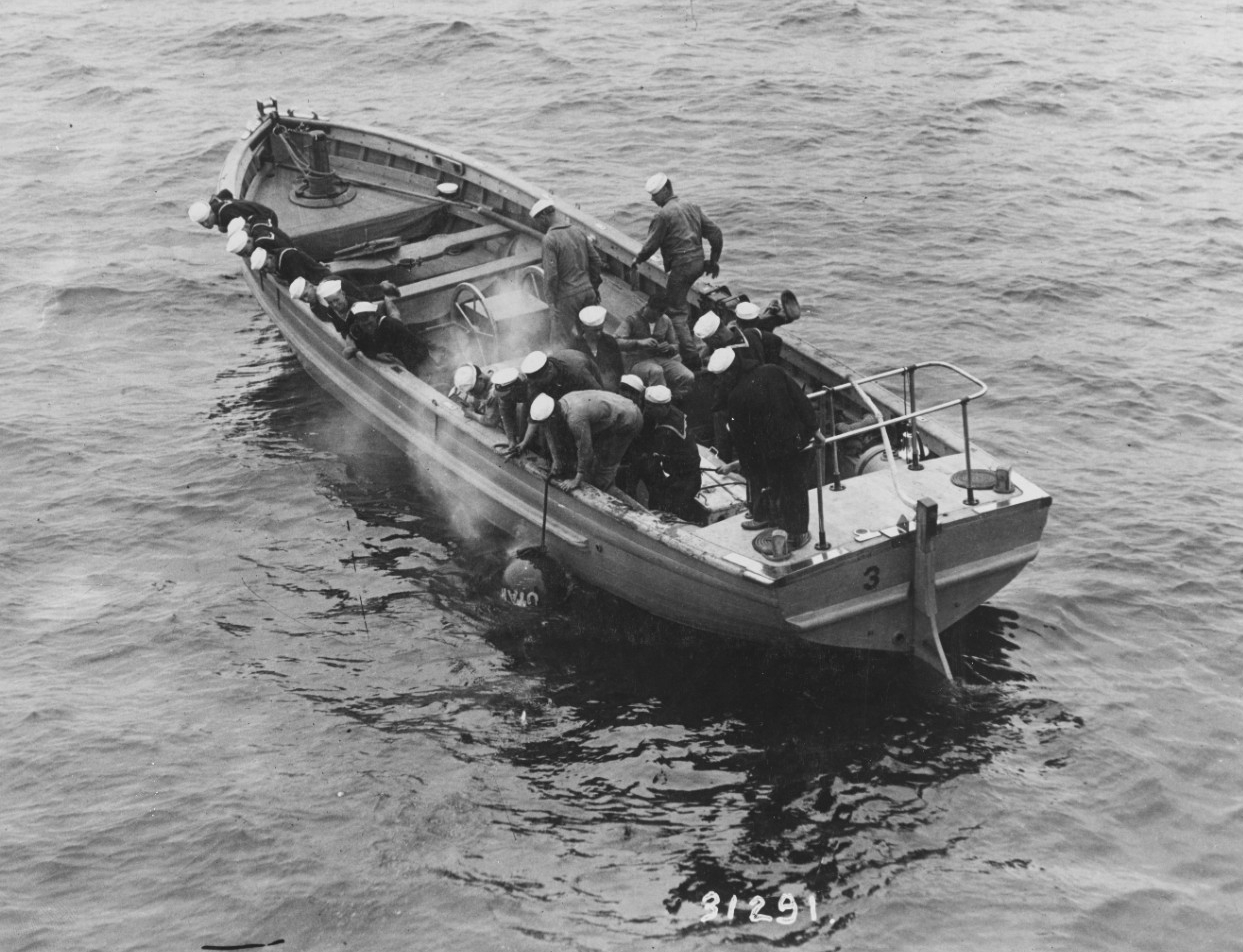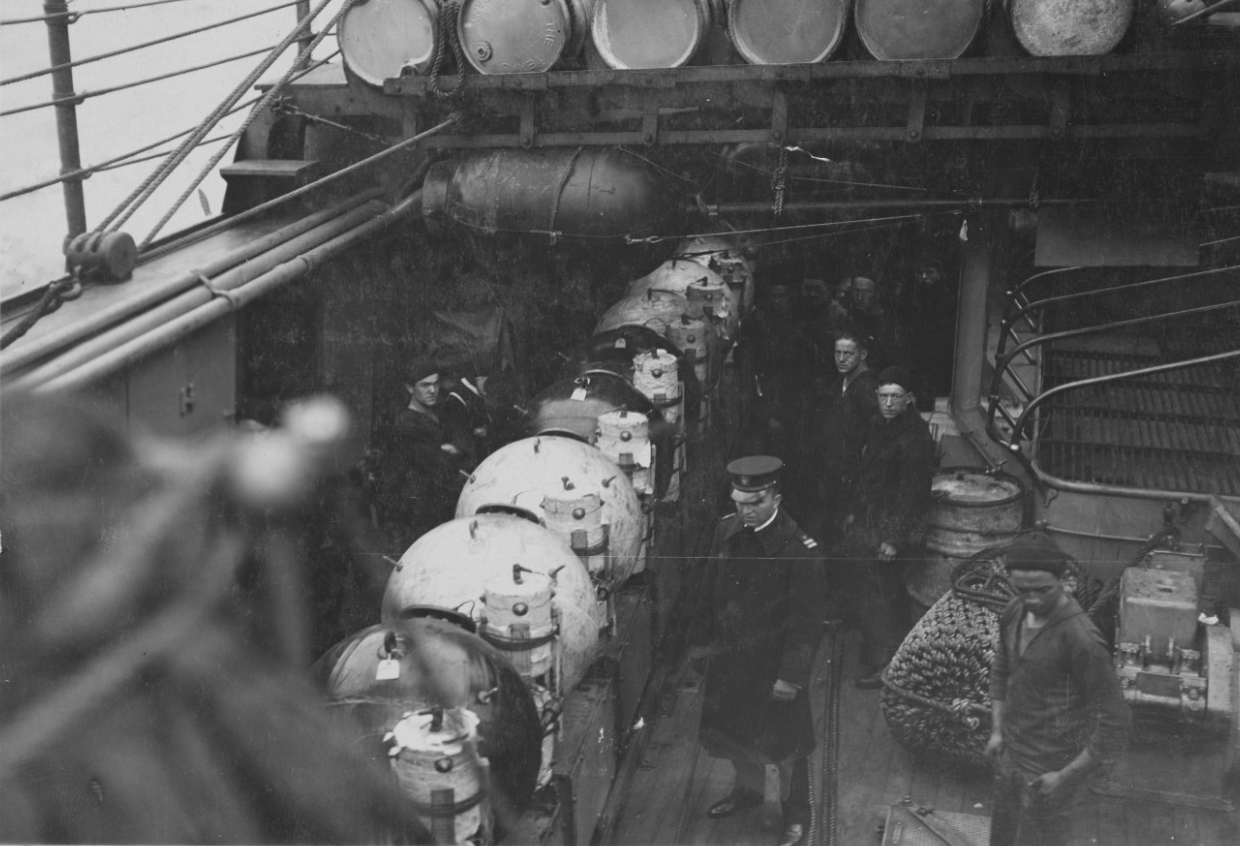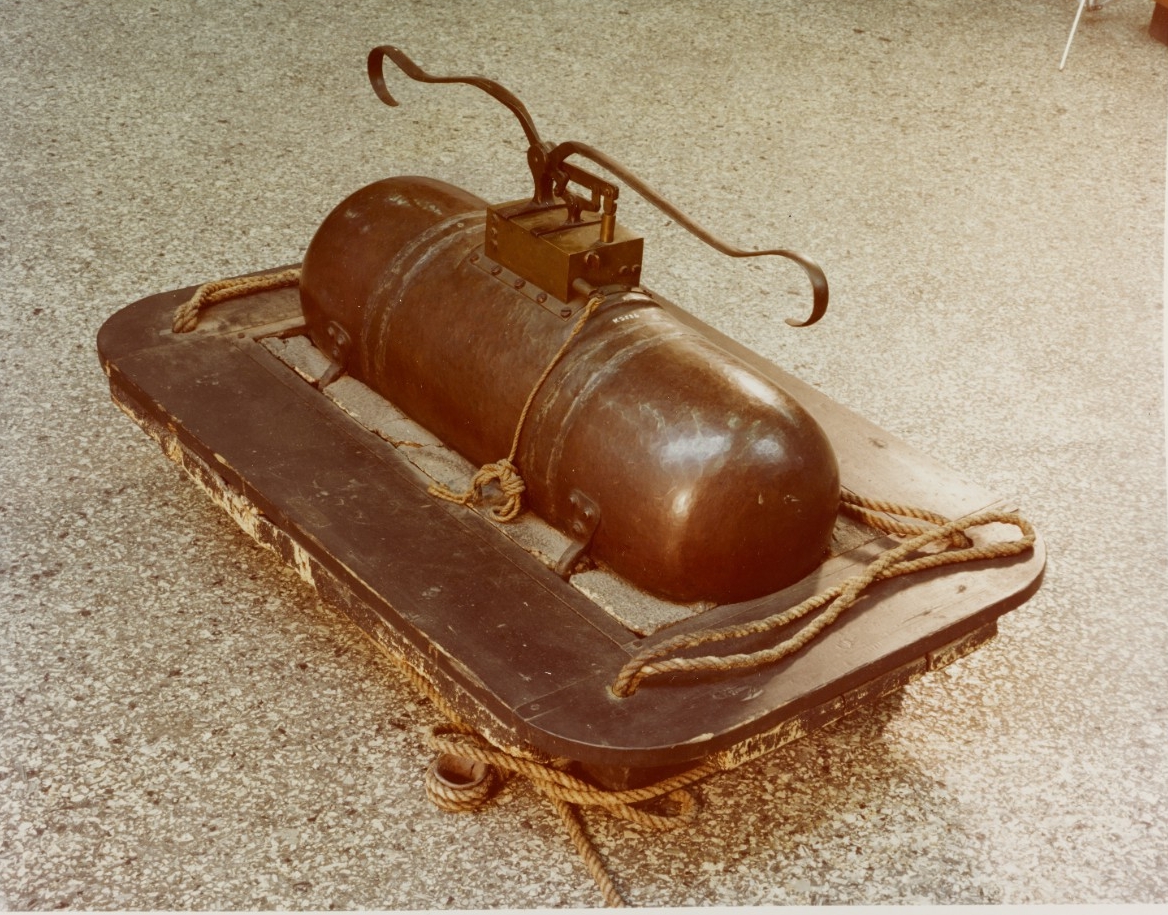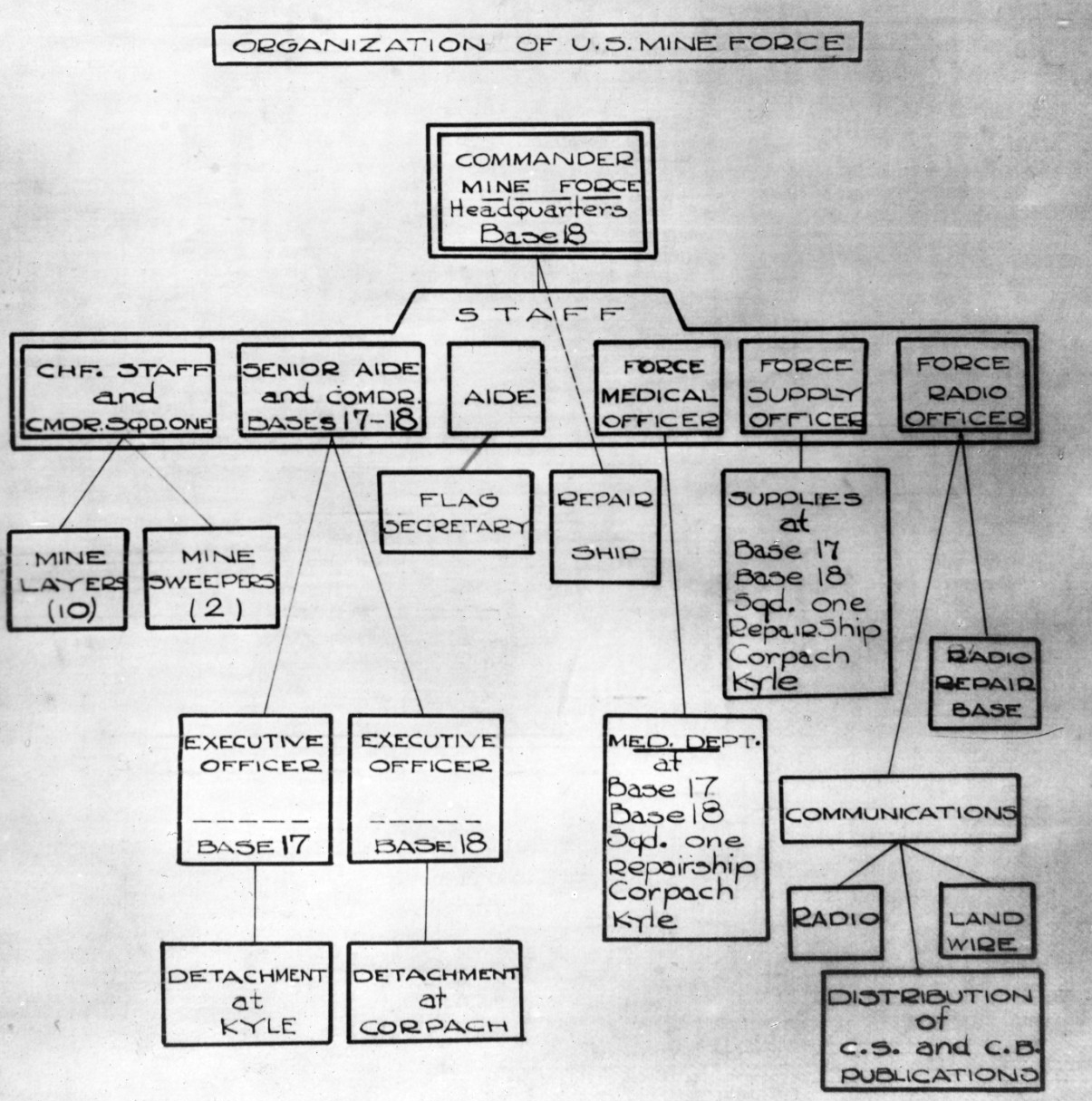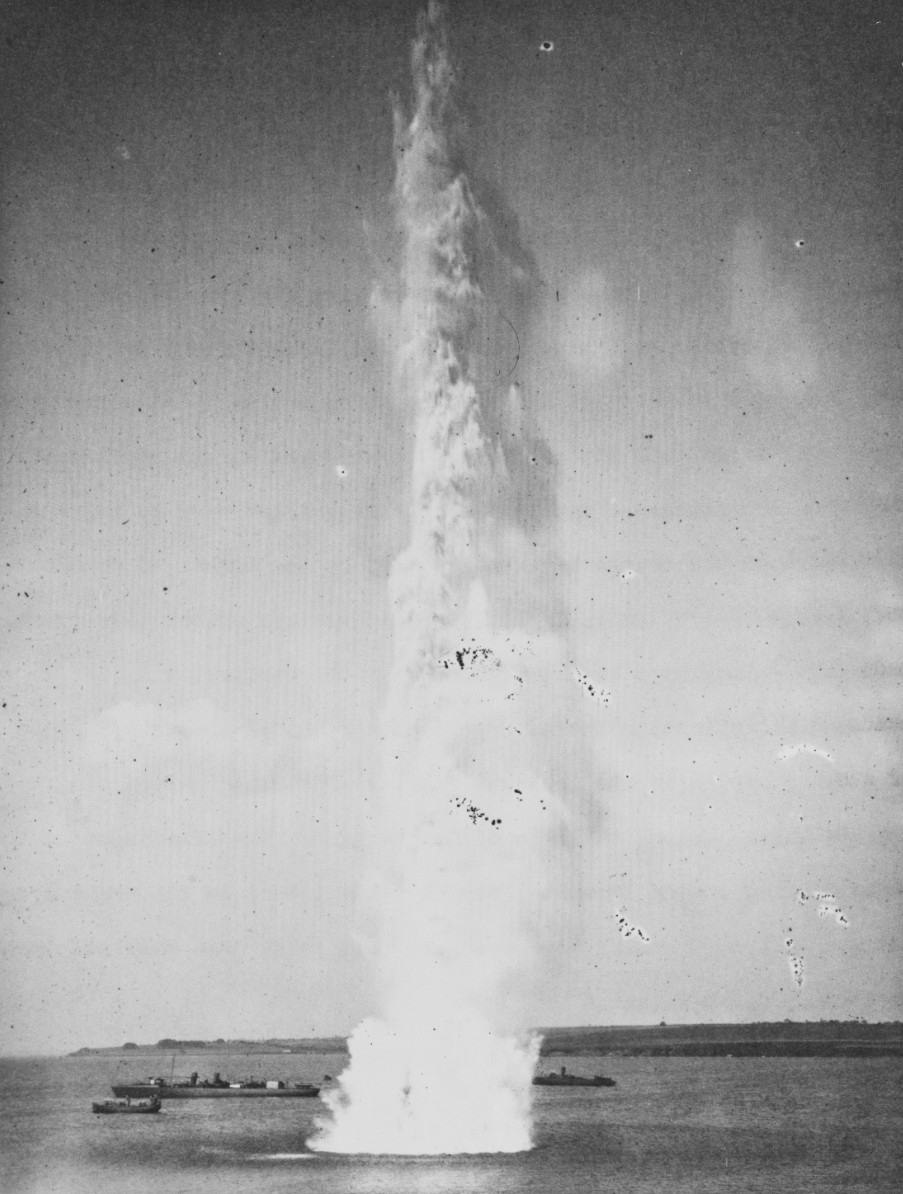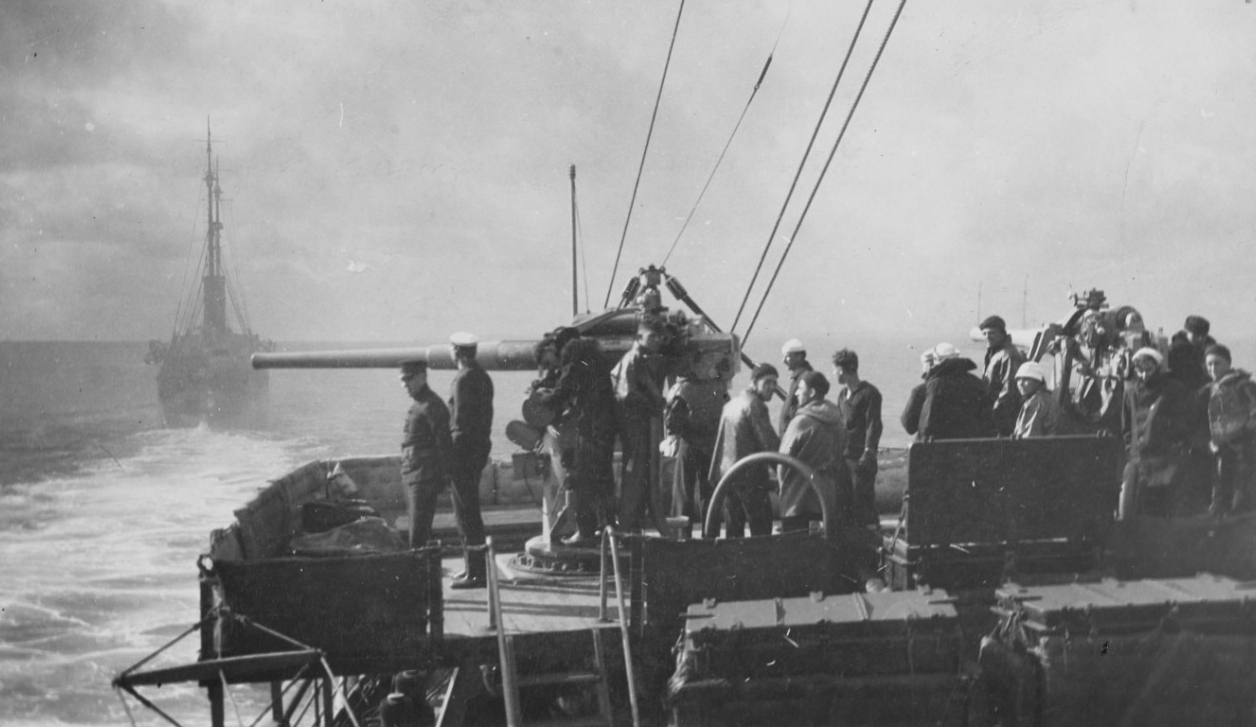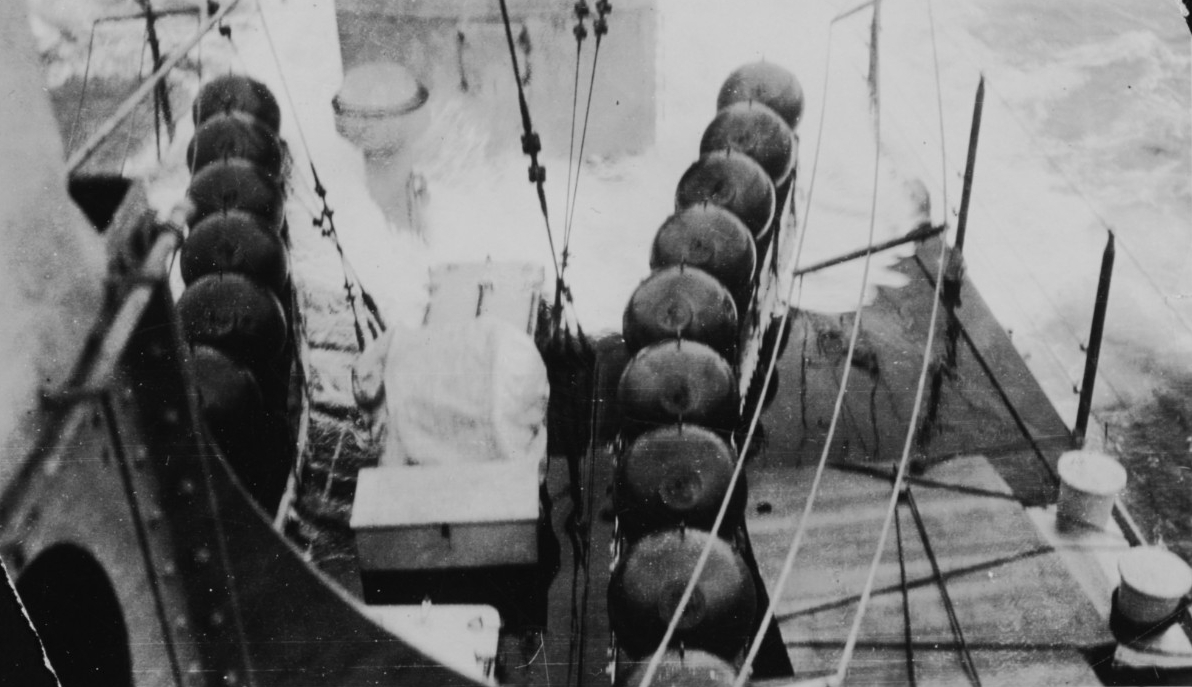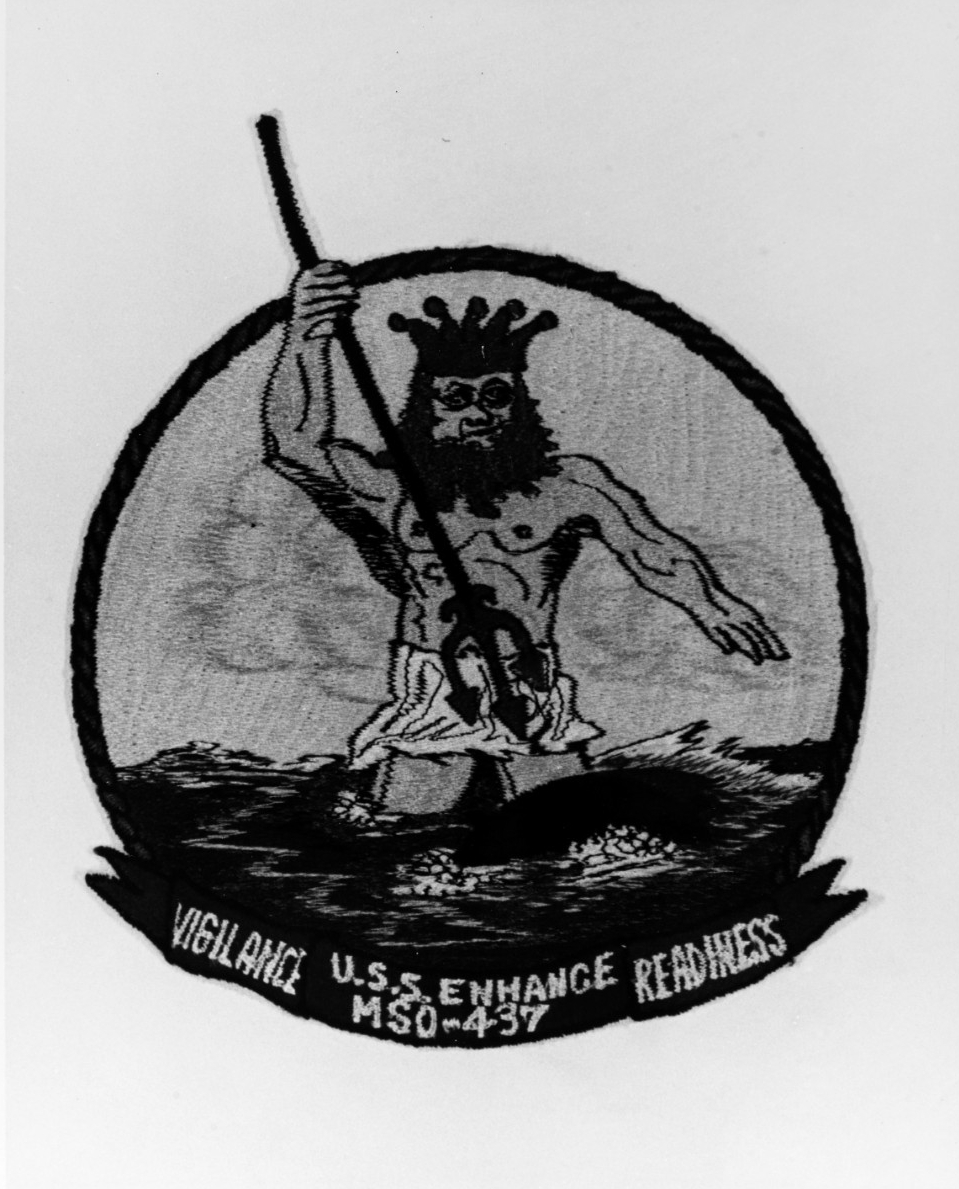- Expand navigation for Commemoration Toolkits Commemoration Toolkits
- Expand navigation for Navy Birthday Navy Birthday
- Expand navigation for World War II World War II
- National Vietnam War Veterans Day
- Expand navigation for The 9/11 Terrorist Attacks The 9/11 Terrorist Attacks
- Expand navigation for 75th Anniversary of NATO 75th Anniversary of NATO
- Expand navigation for Wars, Conflicts, and Operations Wars, Conflicts, and Operations
- American Revolution
- Quasi-War with France
- Barbary Wars
- War of 1812
- Mexican-American War
- Expand navigation for Civil War Civil War
- Expand navigation for Spanish-American War Spanish-American War
- Expand navigation for Early 20th-Century Conflicts Early 20th-Century Conflicts
- Expand navigation for World War I World War I
- Expand navigation for World War II World War II
- Expand navigation for Cold War Era Cold War Era
- Expand navigation for Korean War Korean War
- Expand navigation for Vietnam War Vietnam War
- Cuban Missile Crisis
- Expand navigation for Middle East Engagements Middle East Engagements
- POW MIA
- Pirate Interdiction and the U.S. Navy
- Expand navigation for The 9/11 Terrorist Attacks The 9/11 Terrorist Attacks
- Expand navigation for Operations in Former Yugoslavia Operations in Former Yugoslavia
- Expand navigation for Heritage Heritage
- Expand navigation for Uniforms Uniforms
- Uniforms of the U.S. Navy 1776-1783
- Uniforms of the U.S. Navy 1797
- Uniforms of the U.S. Navy 1802
- Uniforms of the U.S. Navy 1812-1815
- Uniforms of the U.S. Navy 1815
- Uniforms of the U.S. Navy 1830-1841
- Uniforms of the U.S. Navy 1841
- Uniforms of the U.S. Navy 1852
- Uniforms of the U.S. Navy 1852-1855
- Uniforms of the U.S. Navy 1862-1863
- Uniforms of the U.S. Navy 1864
- Uniforms of the U.S. Navy 1898
- Uniforms of the U.S. Navy 1900
- Uniforms of the U.S. Navy 1905-1913
- Uniforms of the U.S. Navy 1917-1918
- Uniforms of the U.S. Navy 1918-1919
- Uniforms of the U.S. Navy 1922-1931
- Uniforms of the U.S Navy 1941
- Uniforms of the U.S. Navy 1942-1943
- Uniforms of the U.S. Navy 1943-1944
- Uniforms of the U.S. Navy 1951-1952
- Uniforms of the U.S. Navy 1961
- Uniforms of the U.S. Navy 1967
- Expand navigation for Customs and Traditions Customs and Traditions
- Sailors' Tattoos
- Goats and the U.S. Navy
- Navy Athletics
- The Sailor’s Creed
- The Ship’s Bell
- Striking the Flag
- Unofficial Navy Certificates
- Precedence of Forces in Parades
- Passing Honors, National Anniversaries, and Solemnities
- Rocks and Shoals: Articles for the Government of the U.S. Navy
- Plank Owners
- Ship Naming
- Twenty-One Gun Salute
- Change of Command
- Navy Music
- Commissioning Pennant
- Ship Launching and Commissioning
- Burial at Sea
- Crossing the Line
- Expand navigation for Banners Banners
- Expand navigation for Decorations and Awards Decorations and Awards
- Expand navigation for Speak Like a Sailor Speak Like a Sailor
- Famous Navy Quotations
- Expand navigation for Origins of the Navy Origins of the Navy
- U.S. Navy History Lessons Learned
- The Navy and Marine Corps Team
- Expand navigation for "Ex Scientia Tridens": The U.S. Naval Academy "Ex Scientia Tridens": The U.S. Naval Academy
- Expand navigation for Uniforms Uniforms
- Expand navigation for Communities Communities
- Expand navigation for Chaplain Corps Chaplain Corps
- Expand navigation for Chief Petty Officer Chief Petty Officer
- Seabees
- Expand navigation for Navy Medicine Navy Medicine
- Expand navigation for Naval Aviation Naval Aviation
- Submarine Force
- Expand navigation for Surface Navy Surface Navy
- Navy Divers
- Naval Special Warfare
- Supply Corps
- Explosive Ordnance Disposal
- Expand navigation for Disasters and Phenomena Disasters and Phenomena
- Expand navigation for Organization and Administration Organization and Administration
- Leadership
- Expand navigation for Ranks Ranks
- Regulations and Policy
- Personnel
- Expand navigation for Service and Medical Records Service and Medical Records
- Expand navigation for U.S. Navy Installations U.S. Navy Installations
- Washington Navy Yard, District of Columbia
- Naval Station Norfolk, Virginia
- Naval Submarine Base New London, Connecticut
- Naval Station Mayport, Florida
- Naval Air Station Pensacola, Florida
- Naval Station Great Lakes, Illinois
- Naval Base San Diego, California
- Naval Base Kitsap, Washington
- Naval Station Pearl Harbor, Hawaii
- U.S. Fleet Activities Yokosuka, Japan
- Naval Support Activity Bahrain
- Naval Support Activity Naples, Italy
- Expand navigation for Historic Former U.S. Navy Bases and Stations Historic Former U.S. Navy Bases and Stations
- Expand navigation for Diversity Diversity
- Expand navigation for The African American Experience in the U.S. Navy The African American Experience in the U.S. Navy
- Expand navigation for Women in the U.S. Navy Women in the U.S. Navy
- Asian Americans and Pacific Islanders in the U.S. Navy
- Hispanic Americans in the U.S. Navy
- Contributions of Native Americans to the U.S. Navy
- Naval Service of LGBTQI+ Personnel
- Expand navigation for Exploration and Innovation Exploration and Innovation
- Electricity and USS Trenton
- Expand navigation for The World Cruise of the Great White Fleet The World Cruise of the Great White Fleet
- The Voyage of a Lifetime
- The Ships of the Great White Fleet
- Great White Fleet Gallery
- Beginning of the Cruise
- Fleet Leadership
- Crossing the Equator
- World Cruise Experience
- At Sea
- Puerto Rico-South America-Mexico
- U.S. West Coast
- Hawaii-Australia-New Zealand
- Japan and China
- Philippines and Ceylon (Sri Lanka)
- Suez Canal-Egypt-Turkey
- Mediterranean
- End of the Cruise
- Memorabilia
- Expand navigation for Navy Role in Space Exploration Navy Role in Space Exploration
- Polar Exploration
- The First U.S. Naval Observatory
- Bathyscaphe Trieste
- Airships & Dirigibles
- Higgins Boats
- Navy’s Use of Torpedoes
- The Nuclear Navy
- Radar and Sonar
- Navy’s Use of Unmanned Aerial Vehicles
- Naval Mine Warfare
- The Navy’s Use of Carrier Pigeons
- Expand navigation for The Steam Navy The Steam Navy
- The Steel Navy
- Expand navigation for Notable People Notable People
- Expand navigation for Presidents Presidents
- Expand navigation for Chiefs of Naval Operations Chiefs of Naval Operations
- The Office
- Admiral William S. Benson
- Admiral Robert E. Coontz
- Admiral Edward W. Eberle
- Admiral Charles F. Hughes
- Admiral William V. Pratt
- Admiral William H. Standley
- Fleet Admiral William D. Leahy
- Admiral Harold R. Stark
- Fleet Admiral Ernest J. King
- Fleet Admiral Chester W. Nimitz
- Admiral Louis E. Denfeld
- Admiral Forrest P. Sherman
- Admiral William M. Fechteler
- Admiral Robert B. Carney
- Admiral Arleigh A. Burke
- Admiral George W. Anderson Jr.
- Admiral David L. McDonald
- Admiral Thomas H. Moorer
- Admiral Elmo R. Zumwalt Jr.
- Admiral James L. Holloway III
- Admiral Thomas B. Hayward
- Admiral James D. Watkins
- Admiral Carlisle A. H. Trost
- Admiral Frank B. Kelso II
- Admiral Jeremy M. Boorda
- Admiral Jay L. Johnson
- Admiral Vernon E. Clark
- Admiral Michael G. Mullen
- Admiral Gary Roughead
- Admiral Jonathan W. Greenert
- Admiral John M. Richardson
- Admiral Michael Gilday
- Expand navigation for Master Chief Petty Officers of the Navy Master Chief Petty Officers of the Navy
- MCPON Delbert D. Black
- MCPON John D. Whittet
- MCPON Robert J. Walker
- MCPON Thomas S. Crow
- MCPON Billy C. Sanders
- MCPON William H. Plackett
- MCPON Duane R. Bushey
- MCPON John Hagan
- MCPON James L. Herdt
- MCPON Terry D. Scott
- MCPON Joe R. Campa Jr.
- MCPON Rick D. West
- MCPON Michael D. Stevens
- MCPON Steven S. Giordano
- MCPON Official Photographs
- Expand navigation for Historical Figures Historical Figures
- Expand navigation for Secretaries of the Navy Secretaries of the Navy
- Benjamin Stoddert (1798 - 1801)
- Robert Smith (1801 - 1809)
- Paul Hamilton (1809 - 1812)
- William Jones (1813 - 1814)
- Benjamin W. Crowninshield (1815 - 1818)
- Smith Thompson (1819 - 1823)
- Samuel Southard (1823 - 1829)
- John Branch, Jr. (1829 - 1831)
- Levi Woodbury (1831 - 1834)
- Mahlon Dickerson (1834 - 1838)
- James K. Paulding (1838 - 1841)
- George Edmund Badger (1841)
- Abel P. Upshur (1841 - 1843)
- David Henshaw (1843 - 1844)
- Thomas W. Gilmer (1844)
- John Y. Mason (1844-1845) (1846-1849)
- George Bancroft (1845 - 1846)
- William B. Preston (1849 - 1850)
- William A. Graham (1850 - 1852)
- John P. Kennedy (1852 - 1853)
- James C. Dobbin (1853 - 1857)
- Isaac Toucey (1857 - 1861)
- Gideon Welles (1861 - 1869)
- Adolph Edward Borie (1869)
- George M. Robeson (1869 - 1877)
- Richard W. Thompson (1877 - 1880)
- Nathan Goff, Jr. (1881)
- William Henry Hunt (1881 - 1882)
- William Eaton Chandler (1882 - 1885)
- William C. Whitney (1885 - 1889)
- Benjamin F. Tracy (1889 - 1893)
- Hilary A. Herbert (1893 - 1897)
- John D. Long (1897 - 1902)
- William H. Moody (1902 - 1904)
- Paul Morton (1904 - 1905)
- Charles J. Bonaparte (1905 - 1906)
- Victor H. Metcalf (1906 - 1908)
- Truman H. Newberry (1908 - 1909)
- George von L. Meyer (1909 - 1913)
- Josephus Daniels (1913 - 1921)
- Edwin Denby (1921 - 1924)
- Charles F. Adams, III (1929 - 1933)
- Claude A. Swanson (1933 - 1939)
- Charles Edison (1940)
- William Franklin Knox (1940 - 1944)
- James Forrestal (1944 - 1947)
- John Lawrence Sullivan (1947 - 1949)
- Francis P. Matthews (1949 - 1951)
- Dan A. Kimball (1951 - 1953)
- Robert B. Anderson (1953 - 1954)
- Charles S. Thomas (1954 - 1957)
- Thomas S. Gates (1957 - 1959)
- William Birrell Franke (1959 - 1961)
- John Bowden Connally, Jr. (1961)
- Fred Korth (1962 - 1963)
- Paul B. Fay (acting) (1963)
- Paul Henry Nitze (1963 - 1967)
- Charles Fitz Baird (acting) (1967)
- Paul R. Ignatius (1967 - 1969)
- John Hubbard Chafee (1969 - 1972)
- John William Warner (1972 - 1974)
- J. William Middendorf (1974 - 1977)
- William Graham Claytor, Jr. (1977 - 1979)
- Edward Hidalgo (1979 - 1981)
- John Lehman (1981 - 1987)
- James H. Webb (1987 - 1988)
- William L. Ball (1988 - 1989)
- Henry L. Garrett III (1989 - 1992)
- Daniel Howard (acting) (1992)
- Sean Charles O'Keefe (1992 - 1993)
- ADM Frank B. Kelso, II (acting) (1993)
- John Howard Dalton (1993 - 1998)
- Richard Jeffrey Danzig (1998 - 2001)
- Robert B. Pirie, Jr. (acting) (2001)
- Gordon R. England (2001-2003) (2003-2005)
- Susan M. Livingstone (acting) (2003)
- Hansford T. Johnson (acting) (2003)
- Donald Charles Winter (2006 - 2009)
- Raymond Edwin Mabus, Jr. (2009 - 2017)
- Sean G. J. Stackley (acting) (2017)
- Richard V. Spencer (2017 - 2019)
- Thomas B. Modly (acting) (2019-2020)
- James E. McPherson (acting) (2020)
- Kenneth J. Braithwaite (2020-2021)
- Thomas W. Harker (acting) (2021)
- Carlos Del Toro (2021-present)
- Medal of Honor Recipients
- Expand navigation for Namesakes Namesakes
- Sergeant Cornelius H. Charlton
- Private First Class Oscar P. Austin
- Civil Rights Activist Medgar Evers
- Private George Watson
- Cook First Class William Pinckney
- Commander Mary Sears
- Rear Admiral Grace Hopper
- Franklin and Eleanor Roosevelt
- Senator Daniel K. Inouye
- Private First Class Herbert K. Pililaau
- Sergeant First Class Rodney J.T. Yano
- First Lieutenant Baldomero Lopez
- Master Sergeant Roy Benavidez
- Civil Rights Activist Cesar Chavez
- Admiral David Glasgow Farragut
- Private First Class Fernando Garcia
- Sergeant Alfredo Gonzalez
- Sergeant Rafael Peralta
- Chief Petty Officer James E. Williams
- Guide and Interpreter Sacagawea
- Sergeant Darrell Samuel Cole
- Lenah Sutcliffe Higbee
- Captain Thomas J. Hudner, Jr.
- Expand navigation for Trailblazers Trailblazers
- Expand navigation for Notable Ships Notable Ships
- Expand navigation for U.S. Navy’s Six Original Frigates U.S. Navy’s Six Original Frigates
- Expand navigation for Ships of Sail Ships of Sail
- Expand navigation for Sail-to-Steam Sail-to-Steam
- Expand navigation for Modern Ships Modern Ships
- Alchiba (AK-23)
- Arizona (BB-39)
- Cole (DDG-67)
- Fletcher (DD-445)
- Harmon (DE-678)
- Houston (CA-30)
- Indianapolis (CA-35)
- Jacob Jones (DD-61)
- Johnston (DD-557)
- Maddox (DD-731)
- Missouri (BB-63)
- O'Bannon (DD-450)
- Pueblo (AGER-2)
- Samuel B. Roberts (FFG-58)
- San Diego (CL-53)
- San Francisco (CA-38)
- Tripoli (LPH-10)
- Turner Joy (DD-951)
- Washington (BB-56)
- Expand navigation for Aircraft Carriers Aircraft Carriers
- Expand navigation for Submarines Submarines
- Mine Warfare
- Historical Summary
- Civil War 1861-1865
- World War I 1917-1918
- World War II 1939-1945
- Revolutionary War 1775-1783
- Image (gif, jpg, tiff)
- NHHC
Naval Mine Warfare
A naval mine is a self-contained explosive device placed in the water deemed to destroy submarines and surface vessels. Mines are also used to deny the enemy access to areas and to quarantine the enemy into specific locations. The use of sea mines dates back to the American Revolution when David Bushnell, while a student at Yale, discovered gunpowder could be exploded while underwater. In 1777, a portion of the British fleet was stationed at the Delaware River off Philadelphia. Bushnell was authorized by General George Washington to attempt to destroy some of them by the use of the newly invented sea mine. The mine consisted of a charge of gunpowder in a keg, which was supported by a float on the surface. In the keg with the gunpowder was a gunlock rigged, so that light impact would release the hammer of the gunlock and explode the gunpowder. Although the device failed to damage any British ships, the invention sparked considerable excitement among the Continental Navy and even the British.
During the Civil War, the Confederates used mines that ultimately sank a good number of Union vessels, and in World War I, they were used to restrict German submarines to the North Sea. In World War II, mines were used extensively to starve the Japanese economy. U.S. aircraft laid more than 12,000 mines in Japanese shipping routes and harbor approaches, sinking roughly 650 Japanese ships and disrupting all of their maritime shipping.
There are three different types of mines. Drifting mines are placed in the water and move with the current. Moored mines are free to move, but are restricted within the limits permitted by a rope and anchor that is attached to the mine. Bottom mines are not expected to move at all. Mines also differ in the way they are designed to be laid. Early on, most mines were laid from surface vessels that were carried on special tracks. Beginning in World War I, submarines started laying mines, and in World War II, aircraft laid mines in great numbers. Mines can also be modified to be laid by PT boats. Mines also differ in how they detonate. Contact mines require contact by a vessel for them to explode. Influence mines are detonated by the presence of a ship─be it magnetic, acoustic, or pressure. Controlled mines are detonated from a shore station and are designed to be either be offensive or defensive. Until World War II, mines were generally considered defensive in nature to prevent the enemy from accessing certain areas, but during the war, thousands were laid in enemy waters as an offensive weapon.
Mine countermeasures are also an important element of naval mine warfare. For instance a minefield—a large amount of mines in one area—can be neutralized by two surface ships, at a safe distance apart, dragging a cable across the minefield that cuts the mooring cable of the mines and then they are detonated at a safe distance away by the use of gunfire. Bottom mines can be detonated by artificially using an influence that is designed to mimic a ship’s presence, which is used to “trick” the mine into detonation. Mine countermeasures are commonly referred to as minesweeping.
Today, the U.S. Navy has two different types of mines in-service—the Quickstrike mine (Marks 62, 63 and 65) and the Submarine Launched Mobile Mine (SLMM) (Mark 67). The Quickstrike family of mines are used in shallow waters and are designed for use against surface and subsurface craft. They are laid by aircraft. The SLMM was developed as a submarine-deployed mine for use in areas that are inaccessible for other mine-deploying techniques, usually in hostile areas. The SLMM is also for use in shallow waters and is equipped with MK37 torpedo with a mine target detection device. Mine counter-measures today use a myriad of modern technology such as unmanned systems, sonar, and advanced weaponry.
*****
Suggested Reading
- Mine Warfare
- Water Mine Warfare in South Vietnam
- U.S. Mining and Mine Clearance in North Vietnam
- Northern Barrage and Other Mining Activities
- The Northern Barrage: Taking Up the Mines
- Post-War: Sweeping the Northern Barrage
- Demolition Units of the Atlantic Theatre of Operations
- Attacking the U-Boat: The North Sea Mine Barrage
- Clearing the Way to Wonsan
- America’s Use of Sea Mines (pdf, 8.11MB)
- U.S. Navy Mines
- U.S. Navy Mine Warfare Programs
- An Assessment of the Navy’s Mine Warfare Mission
- Certificate of Enrollment in the Mine Force, U.S. Atlantic Fleet to Admiral Arleigh Burke
Selected Imagery
Steam winches are used to haul trains or fleets of 20 to 40 mines each, aft to the feeding section. There the mines are seized by gangs of four men, who push each mine in turn up to the trap at the stern of the ship. Each time the trap is released to go overboard. Above the mines are a marker buoy used by the mine squadron to mark the end of a minefield when it was intended to resume that line on a subsequent expedition. Naval History and Heritage Command photograph, NH 123953.
Model of underwater mine made in Sweden, based on the designs of Robert Fulton. During a visit to the U.S. in 1818, Swedish Lieutenant Colonel Kinckowstrom studied Fulton's experiments with this type of mine. His reports are preserved in Swedish Archives and provided technical data for the manufacture of these mines in Sweden. Naval History and Heritage Command photograph, NH 85684-KN.
Mine layer laying a mine barrage protected by the guns of accompanying ships. Between the Orkney Islands and Norway, the U.S. Navy bottled up the waters with some 60,000 mines strewn at various points to the great discomfort of the U-boat commanders, 30 March 1919. Naval History and Heritage Command photograph, NH 123978.
Mines on an Omaha class (CL 4-13) light cruiser taken while the ship was underway at sea, looking aft, showing the very wet conditions that were typical on these cruisers' after decks when they were operating in a seaway. Photographed circa 1923-1925, prior to the addition of a deckhouse just forward of the ships' after twin six-inch gun mount. Donation of Ronald W. Compton, from the collection of his grandfather, Chief Machinist's Mate William C. Carlson, USN. U.S. Naval History and Heritage Command photograph, NH 99637.
This insignia was adopted in 1961 as the result of a contest held among the crew of USS Enhance (MSO-437). The figure of Neptune spearing a mine, and the motto "Vigilance-Readiness," are representative of the capabilities and aspirations of the mine force to rid the seas of enemy mines, wherever and whenever encountered. Naval History and Heritage Command photograph, NH 65272-KN.
Footnotes
- Accessibility/Section 508 |
- Employee Login |
- FOIA |
- NHHC IG |
- Privacy |
- Webmaster |
- Navy.mil |
- Navy Recruiting |
- Careers |
- USA.gov |
- USA Jobs
- No Fear Act |
- Site Map |
- This is an official U.S. Navy web site

